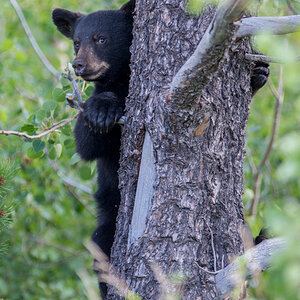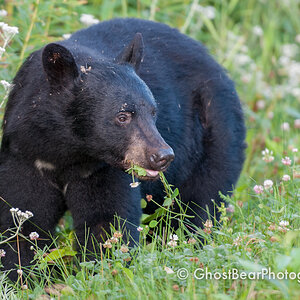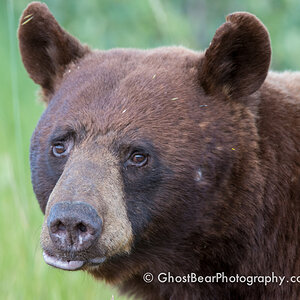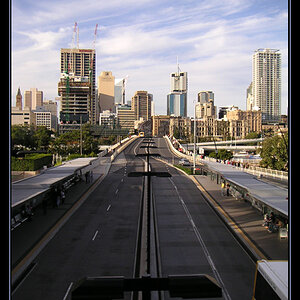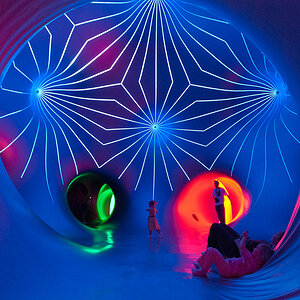floatingby
No longer a newbie, moving up!
- Joined
- Jul 9, 2015
- Messages
- 121
- Reaction score
- 51
- Location
- Longueuil
- Website
- www.photographie.floatingby.com
- Can others edit my Photos
- Photos OK to edit
I travel a lot. To define a lot, I have done about 120 000 km of air travel in the last 4 years. I've seen magnificent places, ugly places, places that fill me with aw and wonder, other that fill me with dread and all kind of emotion in between.
What I fail to do is bring those emotions home with me in my pictures. As example, when I look at work from Ansel Adams, I feel something that I associate with what it would feel like if I was there. I can't do that. Can this be learned, and if so, how?
Example of the stuff I bring back so you know what I'm talking about:

It is properly exposed, in focus and there is interest in the foreground and the background. It's also completely devoid of emotions, the best word I'd use to describe it is: sterile. When I look at this it bring back memories, but that's it.
I understand this could be a complex subject, so link to book or web article would be ok.
What I fail to do is bring those emotions home with me in my pictures. As example, when I look at work from Ansel Adams, I feel something that I associate with what it would feel like if I was there. I can't do that. Can this be learned, and if so, how?
Example of the stuff I bring back so you know what I'm talking about:
It is properly exposed, in focus and there is interest in the foreground and the background. It's also completely devoid of emotions, the best word I'd use to describe it is: sterile. When I look at this it bring back memories, but that's it.
I understand this could be a complex subject, so link to book or web article would be ok.


 _RSP5512
_RSP5512
